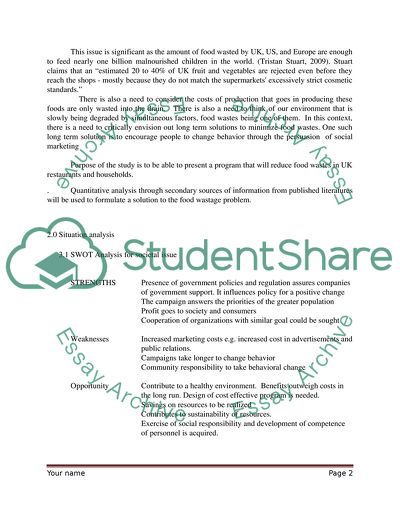Cite this document
(“Reduction of Food Wastages in Restaurants in the UK Coursework”, n.d.)
Retrieved from https://studentshare.org/marketing/1651327-food-waste-is-in-many-instances-avoidable-in-the-uk-the-government-has-put-in-place-specific-regulation-which-has-led-to-several-businesses-eg-supermarkets
Retrieved from https://studentshare.org/marketing/1651327-food-waste-is-in-many-instances-avoidable-in-the-uk-the-government-has-put-in-place-specific-regulation-which-has-led-to-several-businesses-eg-supermarkets
(Reduction of Food Wastages in Restaurants in the UK Coursework)
https://studentshare.org/marketing/1651327-food-waste-is-in-many-instances-avoidable-in-the-uk-the-government-has-put-in-place-specific-regulation-which-has-led-to-several-businesses-eg-supermarkets.
https://studentshare.org/marketing/1651327-food-waste-is-in-many-instances-avoidable-in-the-uk-the-government-has-put-in-place-specific-regulation-which-has-led-to-several-businesses-eg-supermarkets.
“Reduction of Food Wastages in Restaurants in the UK Coursework”, n.d. https://studentshare.org/marketing/1651327-food-waste-is-in-many-instances-avoidable-in-the-uk-the-government-has-put-in-place-specific-regulation-which-has-led-to-several-businesses-eg-supermarkets.


